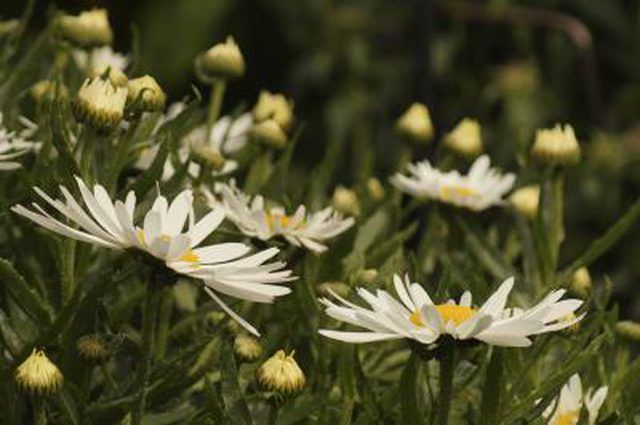Bulbs
Flower Basics
Flower Beds & Specialty Gardens
Flower Garden
Garden Furniture
Garden Gnomes
Garden Seeds
Garden Sheds
Garden Statues
Garden Tools & Supplies
Gardening Basics
Green & Organic
Groundcovers & Vines
Growing Annuals
Growing Basil
Growing Beans
Growing Berries
Growing Blueberries
Growing Cactus
Growing Corn
Growing Cotton
Growing Edibles
Growing Flowers
Growing Garlic
Growing Grapes
Growing Grass
Growing Herbs
Growing Jasmine
Growing Mint
Growing Mushrooms
Orchids
Growing Peanuts
Growing Perennials
Growing Plants
Growing Rosemary
Growing Roses
Growing Strawberries
Growing Sunflowers
Growing Thyme
Growing Tomatoes
Growing Tulips
Growing Vegetables
Herb Basics
Herb Garden
Indoor Growing
Landscaping Basics
Landscaping Patios
Landscaping Plants
Landscaping Shrubs
Landscaping Trees
Landscaping Walks & Pathways
Lawn Basics
Lawn Maintenance
Lawn Mowers
Lawn Ornaments
Lawn Planting
Lawn Tools
Outdoor Growing
Overall Landscape Planning
Pests, Weeds & Problems
Plant Basics
Rock Garden
Rose Garden
Shrubs
Soil
Specialty Gardens
Trees
Vegetable Garden
Yard Maintenance
How to Grow Shasta Daisy
How to Grow Shasta Daisy. Beginner and experienced gardeners alike love Shasta daisy (Leucanthemum × superbum) for its dependable, prolific summer flowers. A plant breeder named Luther Burbank bred Shasta daisy in the 1890s, and it's been popular ever since. A low-maintenance plant when growing in its preferred conditions, Shasta daisy is...

Beginner and experienced gardeners alike love Shasta daisy (Leucanthemum ? superbum) for its dependable, prolific summer flowers. A plant breeder named Luther Burbank bred Shasta daisy in the 1890s, and it's been popular ever since. A low-maintenance plant when growing in its preferred conditions, Shasta daisy is hardy in U.S. Department of Agriculture plant hardiness zones 5 through 9 and grows 12 to 48 inches tall and 9 to 36 inches wide, depending on the cultivar.
Provide the Basics
Shasta daisy thrives with basic care. Grow Shasta daisy in well-drained, neutral to alkaline, fertile soil in a full-sun site, or in a site that offers afternoon shade if growing the plant in USDA zones 8 or 9. Shasta daisy doesn't grow well in clay soil. To promote prolific blooming, water plants regularly so that the soil is constantly moist in summer. Excessively wet soil in the winter can cause rotting roots. Fertilize Shasta daisy with a slow-release 12-4-8 fertilizer in spring, spreading the granules at a rate of 4 tablespoons per 4 square feet around the plant and mixing them lightly into the soil surface, and spread a 2-inch layer of organic mulch to help conserve soil moisture.
Watch for Pests
Leaf spots, stem rots, leaf miners, aphids and mites sometimes bother Shasta daisy. Signs of disease include discolored spots or patches on foliage. Pests may create blotches or meandering tunnels or cluster on shoot tips and the undersides of leaves. Signs of red spider mite include speckled foliage and fine webbing. Pinching out affected areas helps prevent the spread of infections and infestations; plants will quickly regrow to fill the gap. Alternatively, blast pests off plants with a strong jet of water from a garden hose. Shasta daisy plants are more likely to suffer attack from diseases and pests when crowded or growing in unsuitable conditions.
Divide for Vigor
To maintain vigorous growth and blooming, divide Shasta daisy every two or three years in winter or early spring. Push a garden fork into the soil about 6 inches from the base of the plant and lever it upward gently. Repeat all round the base of the plant until it lifts clear of the soil. Push a sharp spade through the Shasta daisy roots to divide the clumps into three or four sections of equal size, and replant each clump spaced 24 to 36 inches apart or in separate areas of the garden. Place the plants at their original growing depths, fill in any gaps with soil, and water them thoroughly.
Select Varieties
Tall Shasta daisy cultivars sometimes require staking, but "Becky" is trouble free, and dwarf and double varieties are also available. Bearing flowers 3 to 4 inches wide, "Becky" grows 3 to 4 feet tall and 2 to 3 feet wide, but its stems are rigid and don't require staking. "Snowcap" is a dwarf variety, growing 12 to 18 inches tall and 9 to 12 inches wide, and bearing blooms 4 inches wide. "Summer Snowball" produces double flowers that show no centers, and grows 24 to 36 inches tall and 18 to 24 inches wide. All three cultivars bloom throughout summer and are hardy in USDA zones 5 through 9.